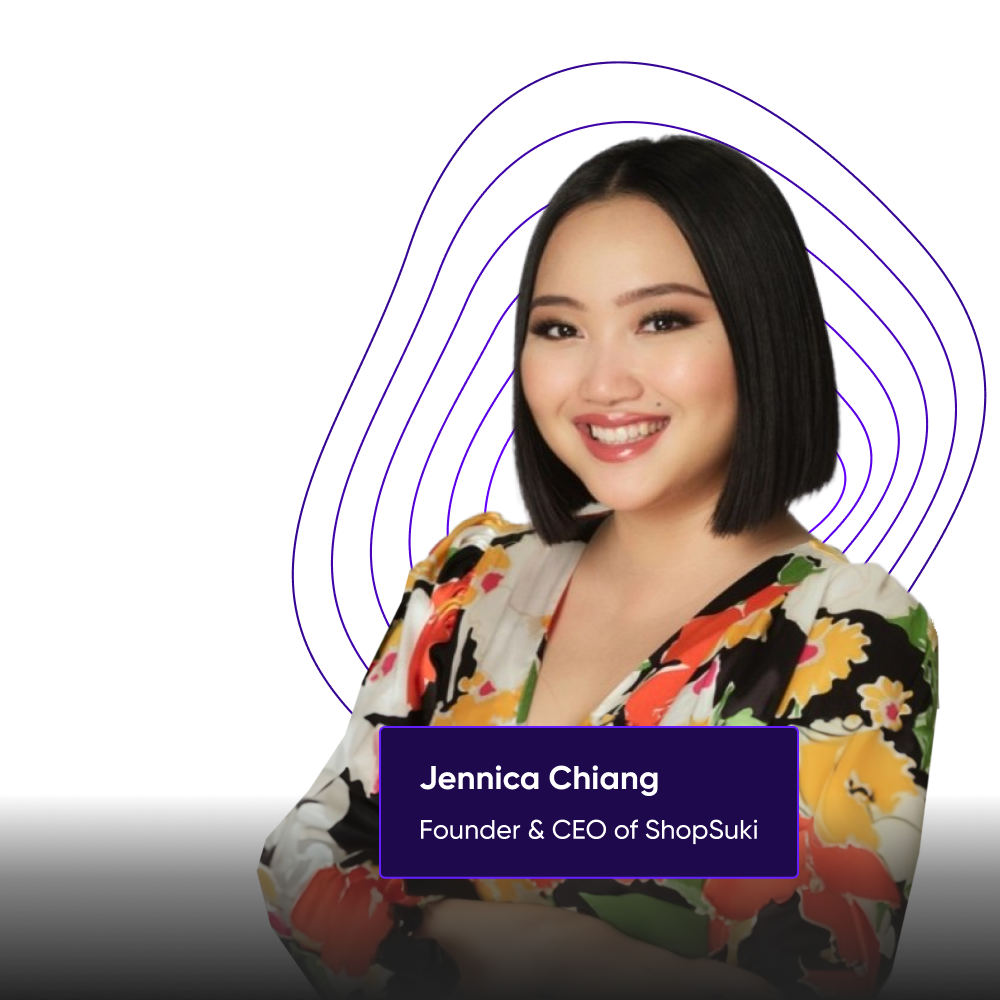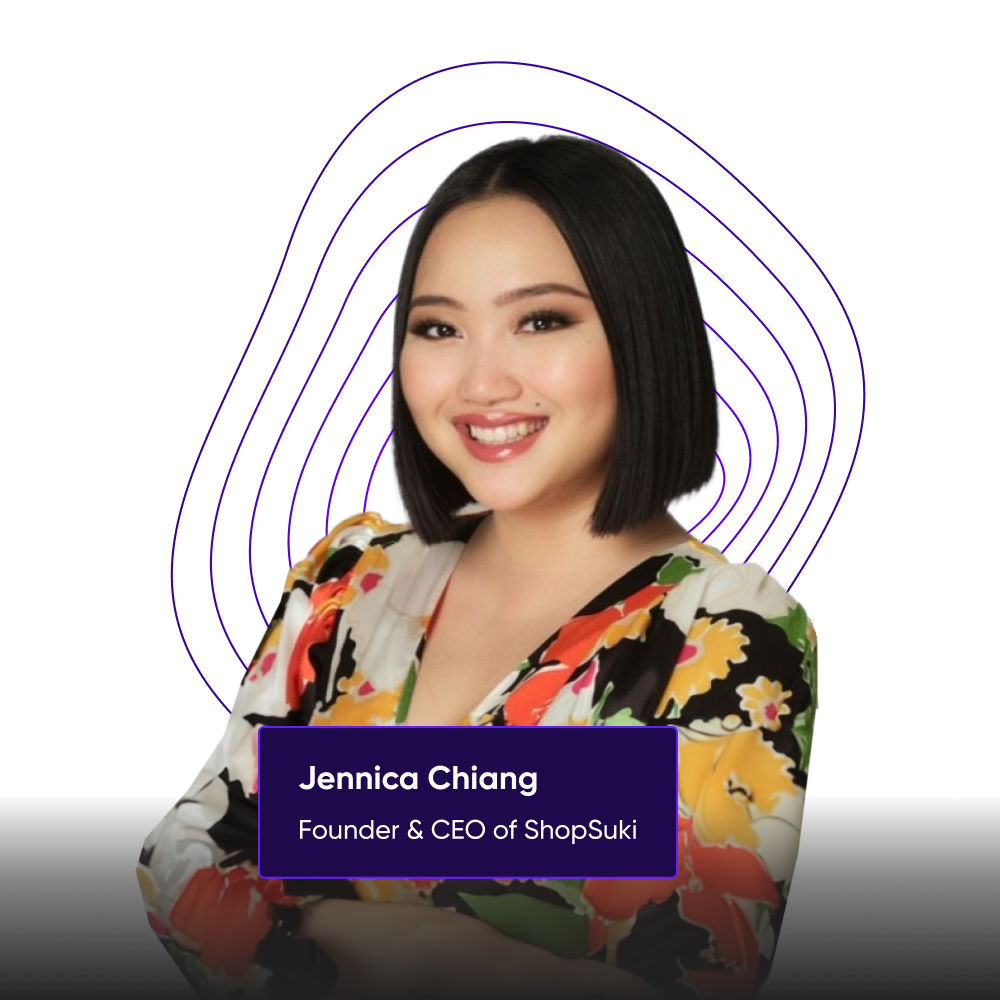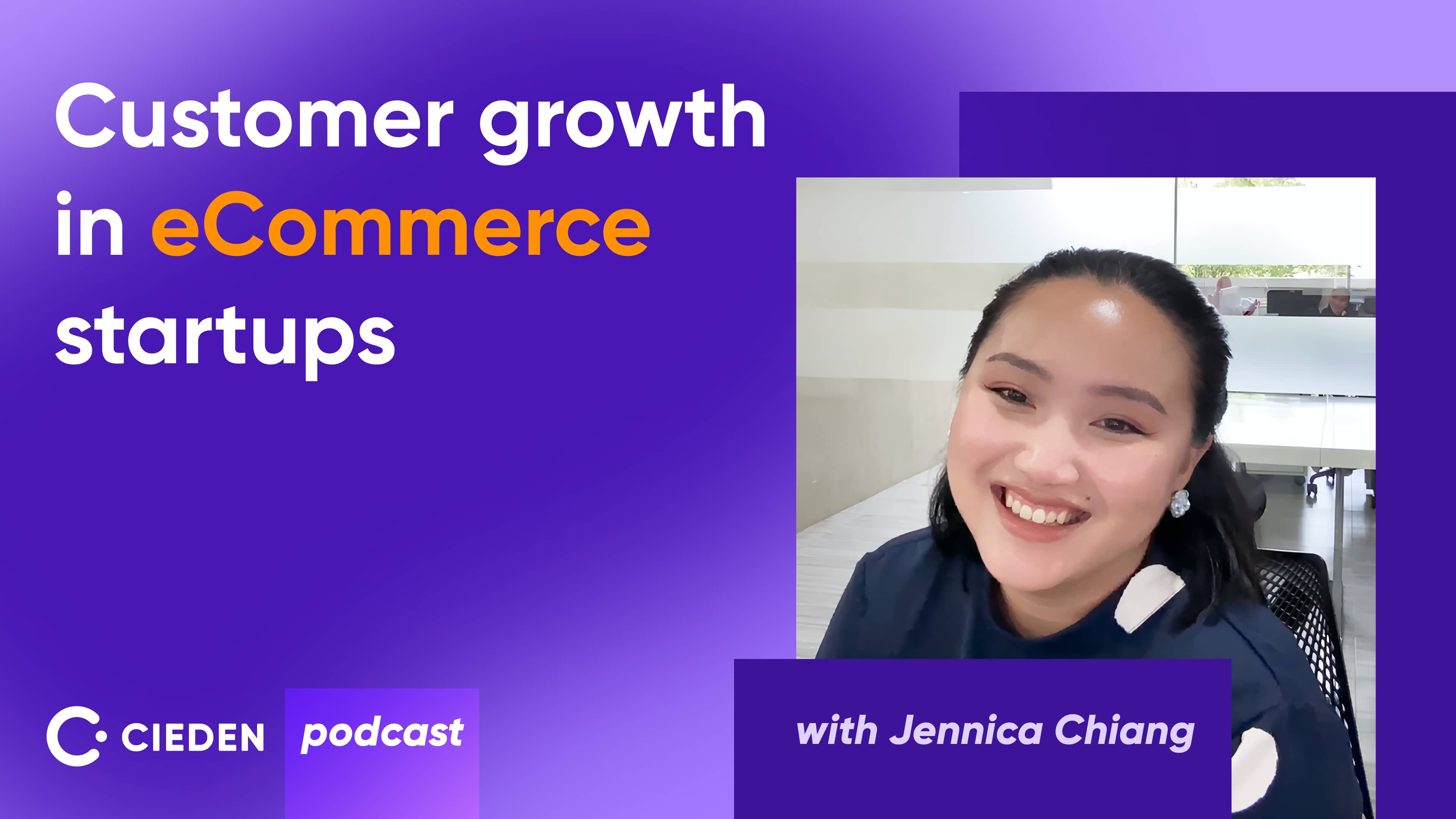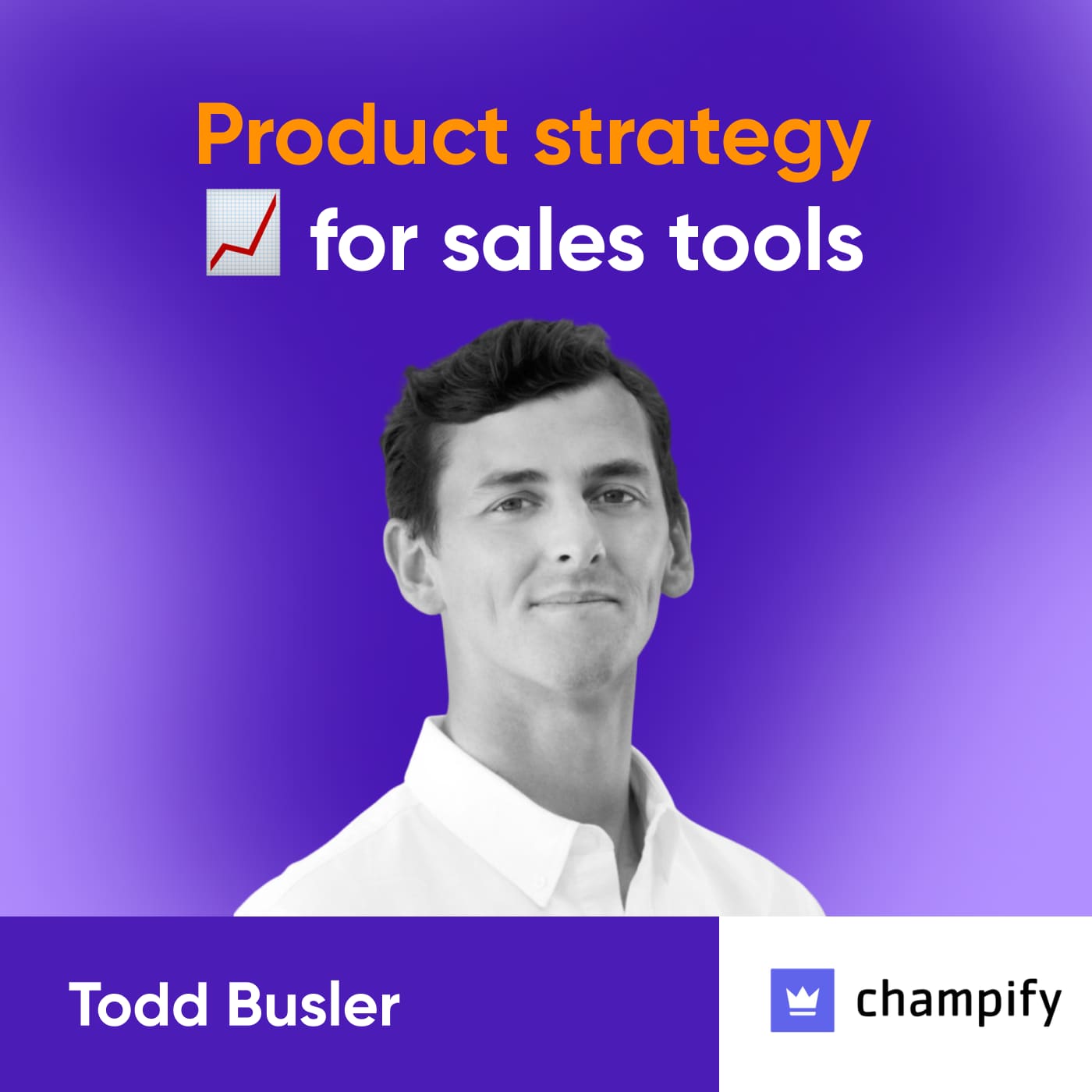For our first episode of the podcast, we're featuring a first-time founder and CEO of an eCommerce startup, Jennica Chiang. Jennica is the Founder and CEO of ShopSuki, an online grocery store in the Philippines with over 200,000 customers, 25,000 SKUs, and an NPS score of 78.
What makes this story special is Jennica's approach to treating her team and 'sukis' (a term meaning loyal customers) during the most challenging times. Her journey began when the business was founded amid the pandemic, navigating through the challenges posed by typhoons and flash floods in Zamboanga in 2022.

ShopSuki team helps the community after the typhoons and flash floods in Zamboanga in 2022
Jennica's story underscores the importance of loyalty to the people around you as the foundation for product success. We invite everyone to listen to or read this kind, honest, and insightful conversation.
Please also welcome our host, Anastasiya Mudryk, Head of Business Analysis & Project Management at Cieden. Cheers to Anastasiya’s debut in podcasting 👏
Jennica’s background: from fashion to eCommerce
Anastasiya: Let’s start with your personal story. I know that you worked for a Korean fashion brand while studying at school and later graduated from the London College of Fashion with a degree in fashion marketing. What has inspired you to switch the domain and launch the grocery store?
Jennica: I guess this is a little bit different from fashion, but in some ways, it's still very similar because retail is retail. It's about understanding your customers and fulfilling a need for them.
For me, the passion has always actually been more for eCommerce than fashion. So, I love combining tech and retail. Ever since I've been a student, from when I was in high school, I have been doing internships for different eCommerce businesses, and I love the tech side of retail.
So, I think one of the more formative experiences for me was working for Dune London, a shoe company. I worked with the eCommerce team where I got to learn a little bit of everything, from the merchandising, digital merchandising side of things, CRM email marketing side of things to the web analytics side of things, and I really loved working with data.
So, after I finished university, I applied to a bunch of graduate programs across different retailers in the UK. Graduate schemes are more common amongst grocers than they are with fashion companies because most fashion companies only hire for entry-level roles in marketing. And I thought I wanted to have a more comprehensive learning experience from different aspects of retail.
Thus, I got into Ocado's graduate program. Ocado Group is the largest pure-play online grocer globally who do all their own self-fulfillment from their own warehouses. And I think that was really when I fell in love with groceries. It's been almost seven years now working in the online grocery space.
Anastasiya: I can tell, you had your studies correlate with your work right now. Looks like you are well-prepared to fight in this domain.
Validating an eCommerce business idea
Anastasiya: At the beginning of your journey, how did you validate the business idea? Online groceries differ significantly from offline, and people in the Philippines are more accustomed to the offline experience. Did you conduct market research before starting?
Jennica: Honestly, it was a trial by fire. So, our validation was based on circumstance, not thorough planning. It started at the beginning of the pandemic, and the validation was quickly thrown together. I wonder if I could find the first version of the Shopsuki website. I chose Shopify, a platform I was familiar with, and decided to list the top 1000 best SKUs, rent a van and a driver, and work with a partner supermarket. Due to the pandemic, we saw a lot of interest in our service. Finding users willing to test it wasn’t hard. In some ways, that was validation, but it happened in a very expedited one-week timeframe.
Anastasiya: Wow, that's fast validation, exceptionally quick indeed. Typically, startups go through several stages, from ideation and MVP to seeking investments, developing a go-to-market strategy, achieving product-market fit, and then scaling, growing, and reaching maturity. It seems you tested your MVP and launched it very quickly. But you had to build the entire business with extensive backend operations, like delivery and storage, not only the application. So how did it work?
Jennica: I feel like I've oversimplified it in my mind now because it has been a few years. Reflecting on it, it's like that diagram on how to draw an owl—start with two circles, then suddenly it's a complete owl.

Breaking it down, at the time, I focused on the basics: how can people place orders, how do we know what they've ordered, their address, and the delivery cost?
That's the front end, sorted with Shopify, a third-party platform. Next, ensure we pick the correct items from the store. It wasn't about optimization or finding the perfect route, just getting the right items. Initially, we simply printed orders or noted them from my phone.
Packing items safely into boxes was next, for which we borrowed a checkout counter. We ensured everything ordered was packed. Then, ensuring delivery, we loaded orders onto the vehicle for dispatch. Essentially, four simple steps: order, pick, pack, and dispatch. Initially, this was all managed on paper, limiting ourselves to less than 20 orders a day.
We had to password-protect the website due to overwhelming demand. With just one checkout counter and a small team for picking, packing, and driving, that was our validation. The mindset was to keep it as simple as possible to not get overwhelmed.
Mistakes while growing and scaling
Anastasiya: Your company has grown to 200 employees in just three years! What was your biggest challenge with such a fast paced growth?
Jennica: In the first two or three months, it was all go, go, go, like scale, scale, scale, really. It was so inefficient, so it wasn't about optimization at all. It was just about how we could meet the demands of our customers and deliver great service, even if it meant that every single day, we'd have a stack of paper this high that we had to recycle and that had to go to waste because everything was printed out.
There was no technology in place. So, I think the biggest challenge was going from that mindset, where everything was about grow, grow, grow, to a point where we said, "Okay, we've done the growing now." And there were a lot of inefficiencies and processes that hadn't really been polished. And because of that, there were gaps in terms of where we could sometimes fail.
We could fail in service because we hadn't thought things through or in terms of employee training because there were so many changes happening all the time. How do you make sure that everybody is aligned and that this is the new process now? This is how we do things. So, I guess that's the boring part.
Now, we have a team called Operations Excellence, which we established after a customer who was also a really good friend called me. She said, "I don't know if you've noticed this, but before, you know, everybody I spoke to was really friendly, really upbeat. And now, I feel like, after somebody from your company calls me, I'm in a bad mood because they don't sound like they're enjoying their day."
Hearing that feedback, I thought, "This is terrible feedback from a customer." So, I asked the new starters how they begin conversations with customers and the steps they follow.
They said they were instructed to prioritize speed and accuracy. When I asked if they greet customers or ask how they are, they hadn't been told to do so. Clearly, there's a gap between our desired standards and what's being practiced. This illustrates the issue well.
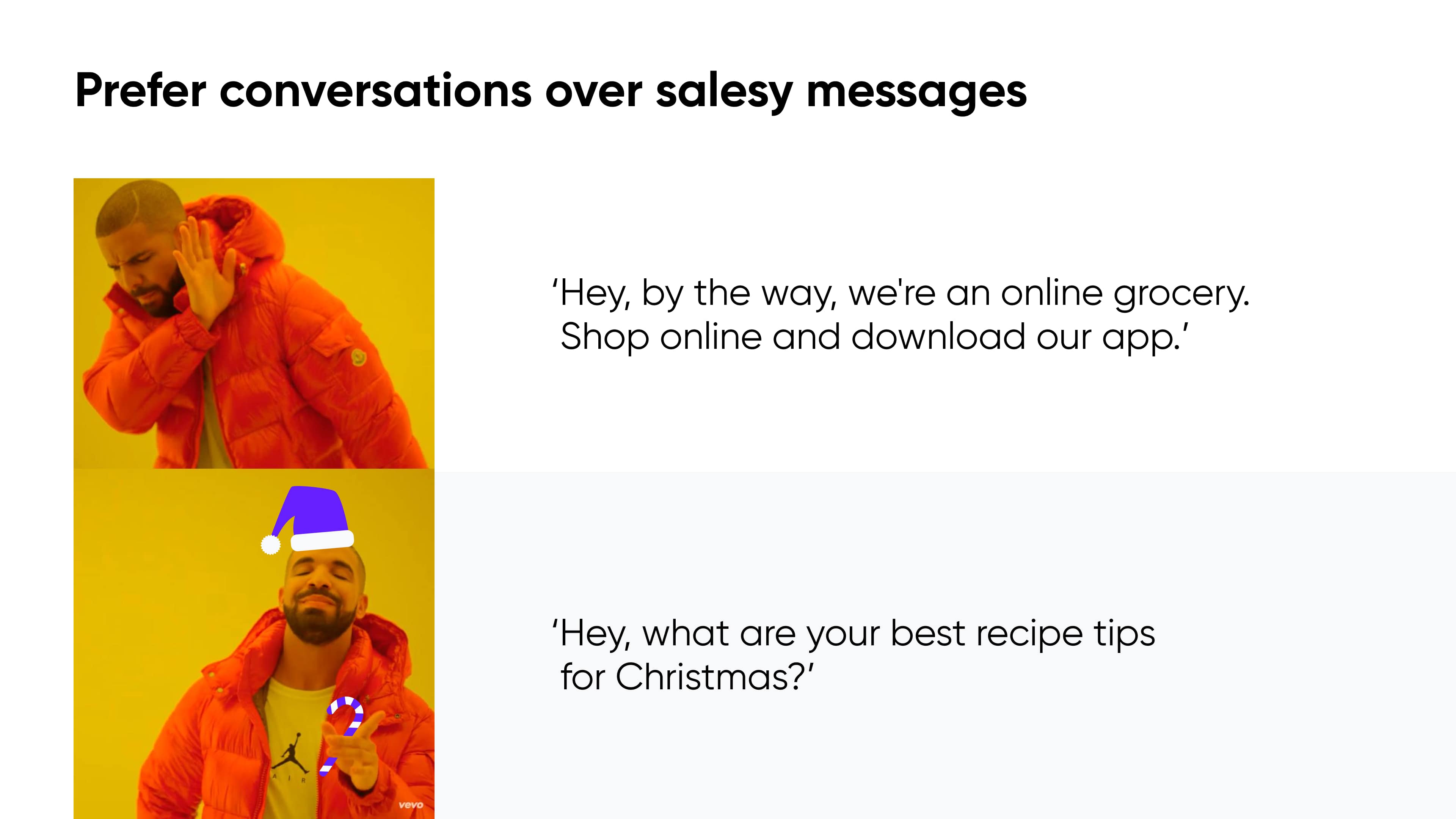
Marketing in eCommerce
Anastasiya: I wanted to delve into the marketing aspect. From our experience, creating a product might be the easier part if you have a clear vision. However, reaching out to customers and actually selling the product poses a significant challenge. Could you share which marketing strategies have been particularly effective for Shopsuki? Did you rely on word-of-mouth, or did you actively promote the platform? What has your journey been like?
Jennica: One principle I always emphasize to our marketing team is the importance of asking, "What's in it for me? Why should I care?" In an era where everyone is bombarded with messages from brands, it's crucial to stand out. Consumers have become adept at ignoring incessant sales pitches.
Our approach at Shopsuki has been to foster a dialogue with our Tsukis. We aim to brighten their day with humor or spark a conversation about topics like recipe tips for Christmas or meals that remind them of their childhood. It's more about engaging in meaningful conversation than bombarding them with ads to buy groceries online or download our app.
This strategy stems from the belief that if people are genuinely interested in your brand and see its value, they will naturally gravitate towards making a purchase. So, our focus is on genuine engagement rather than pushing marketing materials and promotions.
Ecommerce supply chain and partnerships
Anastasiya: It's great hearing about your progress. I'm curious about your scaling and growth strategies, especially your partnerships with Procter & Gamble and KCC Malls. How did these collaborations come about, and what advantages have they offered your business? Some startups opt to go it alone, so I'm wondering if these partnerships have significantly contributed to your growth. Would you say they were crucial milestones in your development? Would your current success have been possible without them?
Jennica: That's an excellent question. Let's address the two companies you mentioned separately. KCC serves as our supply chain partner, effectively making us their e-commerce arm. Among all our collaborations, this one is perhaps the most critical because they supply the goods. In terms of operations and supply chain management, KCC is undoubtedly a key partner, and we wouldn't be where we are today without their support.
As for our suppliers, we've established partnerships with major brands like P&G, Unilever, Colgate, and NutriAsia, among other national giants. These relationships are mutually beneficial and essential in the grocery sector. No grocery business can thrive without forging strong connections with its suppliers.
These partnerships have been highly beneficial. Through e-commerce, we're able to gather valuable data on consumer behavior and shopping habits that wouldn't be possible in a traditional store setting. This information has proven insightful for our brand partners, helping them understand their customers better.
Moreover, our suppliers have supported us by offering tailored promotions for our Suki's, which has been advantageous for us as well. Our customers enjoy exclusive savings and special bundles available only on our platform, enhancing their shopping experience and loyalty to us.
Ecommerce website design: do's and don'ts
Anastasiya: Anastasia: Moving on to the website itself, Cieden helped you create the website and mobile application. Our team was surprised to find some common UX patterns didn't work well for the Philippine audience. This issue was identified early during the conceptualization stage when testing the wireframes. Have you found any insights post-launch that required iterations or improvements?
Jennica: Jennica: Absolutely. Without extensive user testing, we could have made critical mistakes. Problems emerged with the wording used for discounts, vouchers, and sales, and their screen placement, which confused customers. The user flow from category to product pages, based on feedback, necessitated significant changes. We stumbled upon unexpected findings and had to confront our biases.
For instance, coming from a fashion background, I envisioned large banners dominating the screen on our mobile app and website. However, I realized this approach was detrimental to conversion rate optimization because banners aren't directly shoppable, thus wasting valuable space that could feature our best-selling products on the homepage.
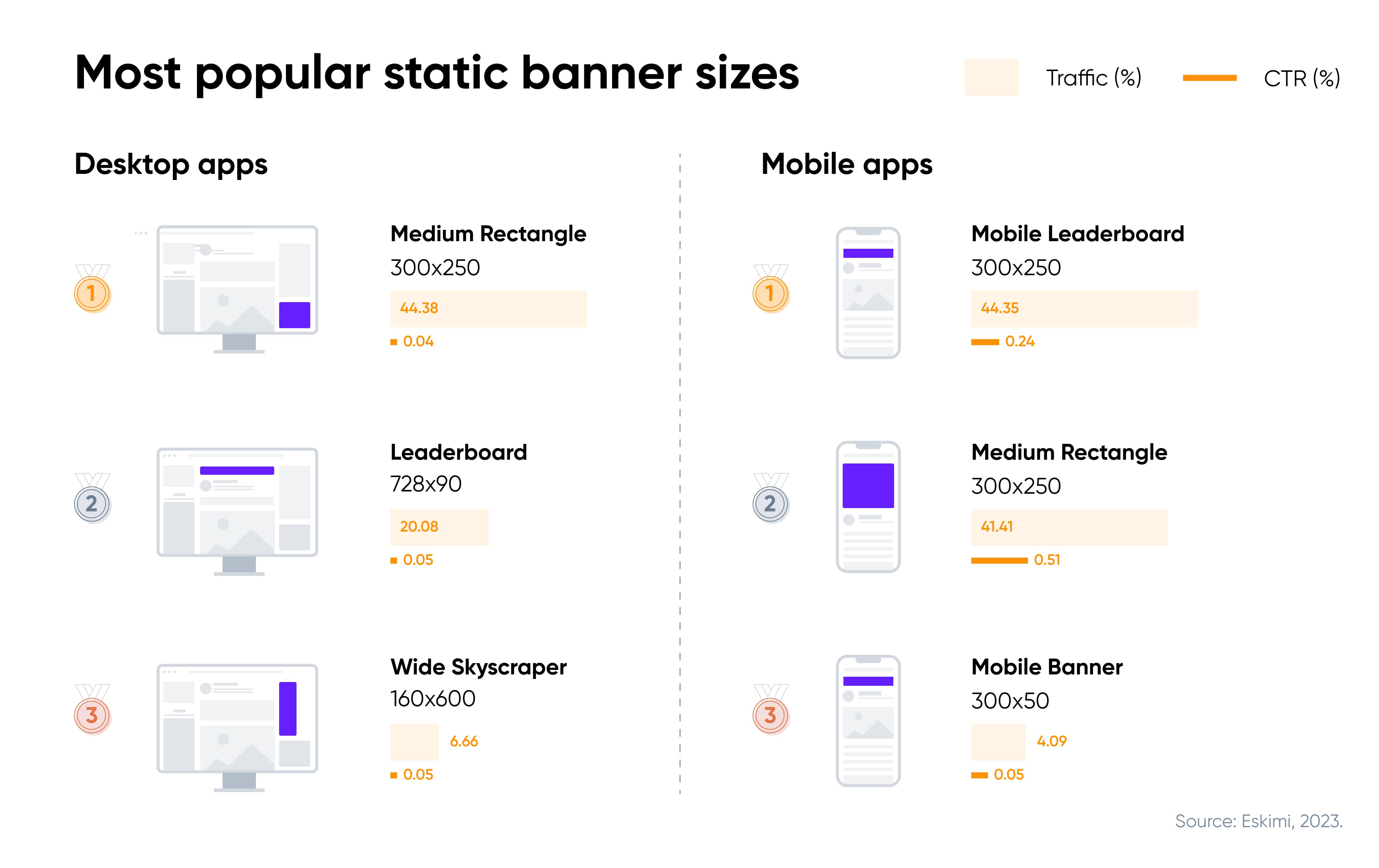
These lessons, informed by actual performance metrics, have led us to acknowledge that such large banners are suboptimal. Therefore, we've had to learn from our mistakes.
Anastasiya: Also, as products evolve over time, new features are added. Iteration is a natural process for any platform that grows. And for lots of legacy systems redesign is a proven method to increase an NPS.
Jennica: Definitely. Since launching, we've introduced a 2.0 version of the app, held several focus groups with our users, and conducted surveys. Observing how people interact with the website has been invaluable.
Many of us are also customers, doing our grocery shopping through the platform. Thus, we've identified personal frustrations with navigation that become apparent only through frequent use or thorough testing, which weren't obvious during the design phase. New workflows now exist on the app that were not considered before.
It's also crucial to recognize development limitations. Sometimes there's a gap between design and development. Design involves dreaming, while development deals with reality. There needs to be a balance, though I tend to lean towards design.
I encourage us to dream big, not to be limited by development constraints. That said, developers have informed us of the costs associated with certain desires, leading to decisions against implementing features that require significant backend changes due to cost implications. These are considerations we've had to make in the post-design phase, especially concerning costs.
Key eCommerce startup metrics
Anastasiya: Regarding prioritization, how do you decide which customer features or values to focus on, especially when facing technical or business limitations?
Jennica: For the app or active user base, I think that's very much standard stuff if there are any big changes in our active users when we release new versions, or especially now that we've changed to the new app, if it dropped, that would be really concerning, right? So there are definitely red flag metrics that if they drop I wouldn't be able to sleep at night. So, definitely one of them is active users. I think the uninstall rate is definitely something that people should look at. Maybe sometimes we're so focused on installs, but actually, if your installs are like half of your uninstalls, then something is wrong.
So I think especially with the release of new versions and the rate of installs. I also work, we also work really closely with our developers. We review all the crash logs. So every week we do reporting on the top causes of crashes on our app, and then we see what's recurring, and I think above all of this, it's not so much a quantitative measurement, but more of a qualitative measurement, really listening to what our users have to say, because I think people are vocal, people in general love complaining more than they like giving compliments, right?
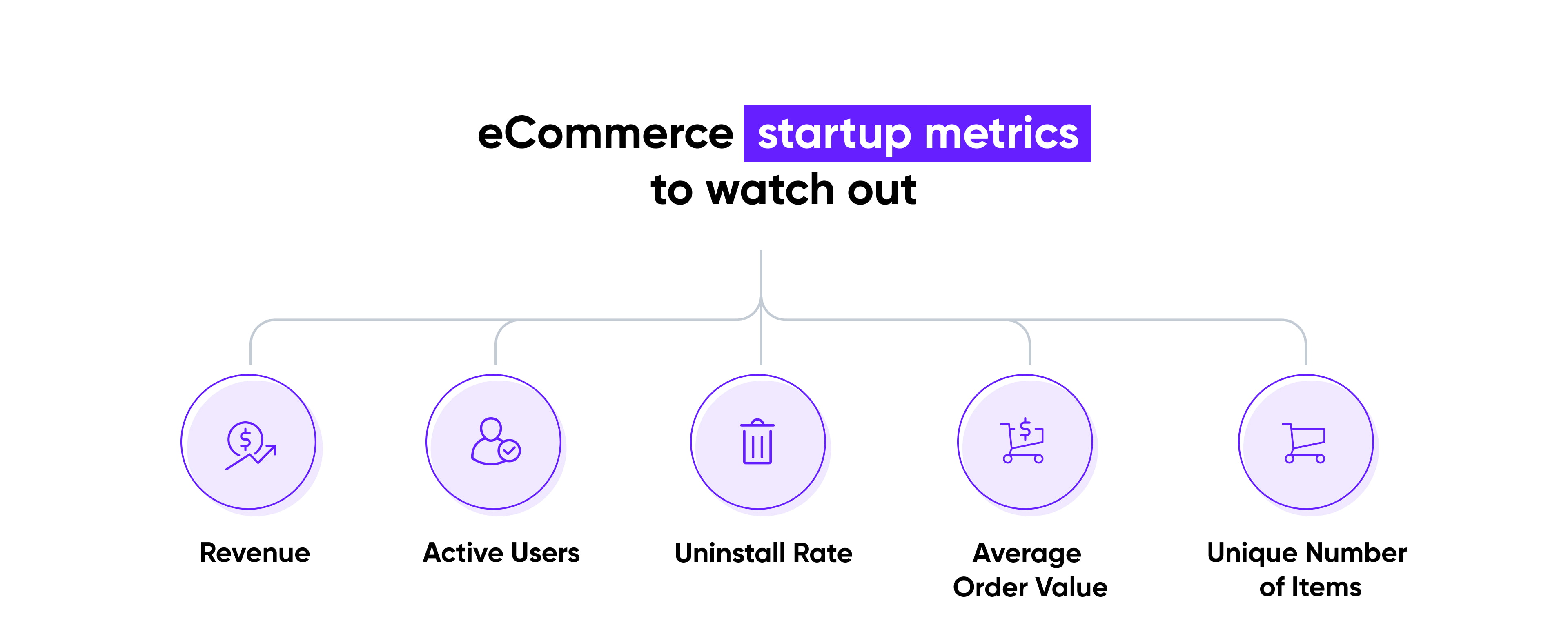
You know, the easy thing to do is like, if someone's complaining, you just cover your ears and put your head down because it's not nice, especially if you know you've worked so hard on something. But the fact that somebody took their time to write a detailed review and raise their concerns shows that they actually care about your app and they want to have a good experience and they want to be an engaged customer.
So listening to this feedback and making sure that all channels are open to get this feedback is super important. And I think these are the general metrics that we use to gauge whether we have a good product here.
And for, so you mentioned the application and for the growth of your business.
Anastasiya: So you mentioned conversion rates, like how many people convert to your users. Are there any other things that you can indicate your health by?
Jennica: Okay, so I thought it was just about the health of the product. I mean, in terms of the health of the business, I think revenue is probably, um, the most important thing because you could have the best product in the world, right?
With like zero latency, zero uninstall rate, high install rate, but if nobody's buying anything, then what's the point? It's just a, you've built a very beautiful showroom with no customers. So, definitely, revenue is top of mind, something that we look at. We look at the average order value. How, I mean, we've definitely seen an increase in average order value in the past year.
But we need to see because inflation has hit our country quite badly as well, especially in the grocery space. So this is definitely one of the contributors to high AOV. We look at the unique number of items in each order to see how much of our range our customers are engaging with. And we also look at engagement with our fresh category because somebody buying fresh online is a huge indicator of the trust they have in the business.
So we have a benchmark for what percent of baskets should contain fresh items, and we want to continue hitting that benchmark because it is a badge of trust that our customers have that they want to buy their fruits, vegetables, meat, and fish from us.
Anastasiya: Yeah, as in now that eCommerce has its own specifics and for instance, Amazon was not profitable for a long period of time because they reinvested into growth. So even though they had positive cash flow, they still were not profitable. They had revenue, of course, but they were not profitable. And mm-hmm. It depends on the, I guess, strategy of the company, if they're looking for growth and like entering new markets or expanding and reinvesting rather than taking out those money and being proud owners of a profitable business.
Entering new markets
Anastasiya: Let's discuss your expansion plans. Currently, you're focused on the Philippine market. Are you considering entering new markets or sectors beyond groceries in the next three to five years?
Jennica: We believe there's still ample opportunity in the Philippines, with its population of over a hundred million and 30 million in Mindanao alone. Our focus remains on enhancing our supply chains, especially for fresh produce, which is one of our strengths. The next step for Shopsuki is to expand into B2B, catering to smaller grocers, hotels, and restaurants, building a tailored experience for these business customers. We already serve many business clients, but we aim to offer more tailored solutions, including selling in bulk and optimizing delivery methods.
Advice to every founder and CEO
Anastasiya: What advice would you give to your younger self at the start of this journey?
Jennica: Advice? Oh, I definitely believe in the importance of surrounding oneself with great people even more strongly now. Initially, we rushed some decisions, hiring swiftly due to the urgent need to scale.
And when you have to hire really quickly, you do make compromises on, you know, how thorough you vet candidates because you're so desperate to fill positions in your business. And sometimes, having the wrong person on the team, you know, rather than having no person on the team can actually have a greater negative impact on your business.
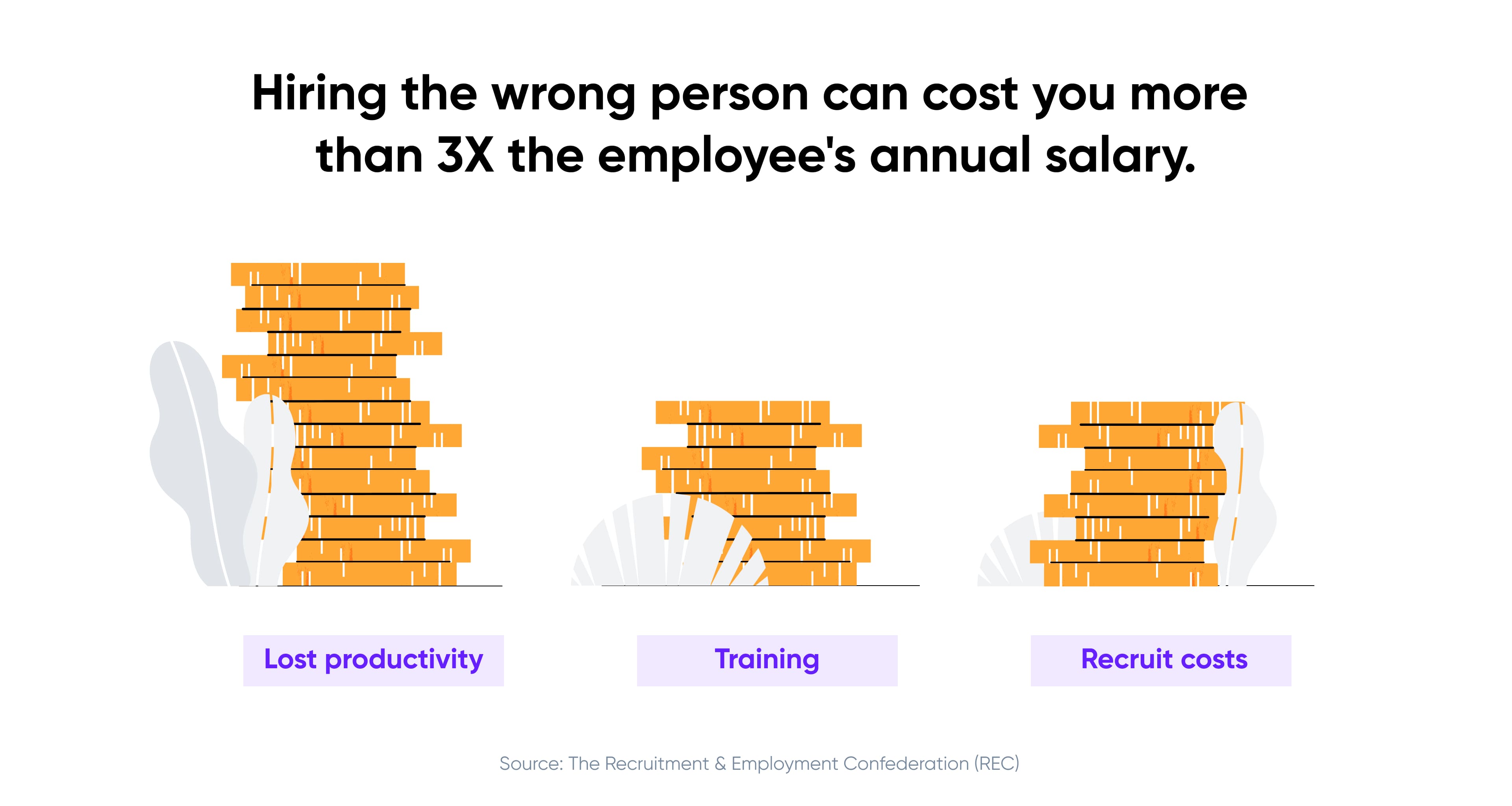
So I think that's one of the big pieces of advice I would tell myself is to think more carefully about who we should have on the team and the kind of people. That we want to help build the team with that. Maybe I tell myself to use the cleanser that I use now because it's done really well for my skin.
And I just tell myself that, you know, one day at a time. When you're a first time founder and you don't really have a long term perspective, your perspective is really, you know, the time from when you started the business until that day that you're thinking about it, right? So every problem seems a lot bigger than it is in the grand scheme of things because the longer you run the business, the bigger the problems you face.
You know, when we first started, every little problem was like meltdown level problem. But then now, if you come to me with the problems that happened, then I'd probably just laugh it off or say, it's okay, it can be resolved. And, you know, there's such a, sometimes you feel like such a pressure that everything needs to be solved yesterday, everything needs to be solved now. So. That sense of urgency is good in some ways because you do fix those problems faster.
But in some ways, that sense of urgency can lead you to make very decisions that aren't really thought through. That has a bigger negative impact on the business, like I said, around hiring. So I say maybe like take a breather, take a step back and really think about, you know, all the implications of the decisions that you're about to make.
And actually, in some ways, like, you do need to make a few bad decisions because of some of these things that I'm telling you, there's no way you'd learn it unless you've screwed up. So it's a matter of, you know, how big of a screw up could you live with?
It's just, it's part of the learning experience.
Anastasiya: Yeah. Very nice and insightful message. Thanks a lot for joining me today. And thanks for incredible messages that you shared and your aspiring journey and insights. At Cieden, we definitely will keep an eye on everything you do, and we wish you continued success.
Jennica: Thanks.
That's all for today. Thanks for reading. If you think your colleague or friend could use these tips, go ahead and share this episode with them. Cheers!
